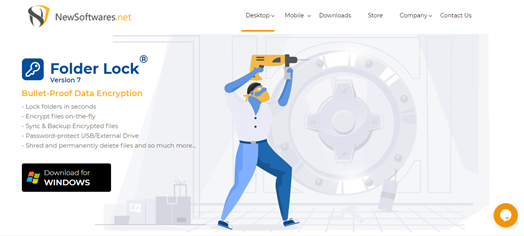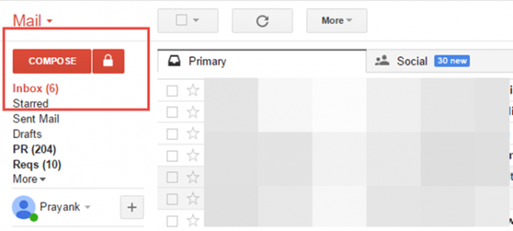Hello there, and welcome to this brief article about encrypting your Gmail. I'm going to try not to go too in-depth here with my explanation of public/private key encryption and other super-technical concepts. I want to use as many pictures as I can so we can get through all of it quickly.

If you are a businessman, professional, freelancer, or even a student, checking your Gmail account might have already been a part of your morning routines. Indeed, Gmail has been one of the many popular and user-friendly email services worldwide that have helped people send messages instantly.
Since checking Gmail messages has been an essential part of our adult morning routine, it only implies that it contains plenty of messages, from casual to confidential. To protect your confidential emails, learn more here.
How to Encrypt your Gmail Messages?
Encryption is most applicable for regulated businesses that utilize Gmail accounts for their businesses. Well, here are simple ways to encrypt their messages and completely secure their email contents.
1). Encrypt through Folder Lock
If there is a most straightforward, most simplified, and secure way to encrypt your Gmail, it is through Folder Lock. This application allows you to satisfy your security needs. It does secure your Gmail and your folders, files, digital wallets, videos, and photos security.
Through Folder Lock, you can easily lock apps, hide your confidential notes, vault-lock your gallery, and achieve complete peace of mind.

You no longer have to worry about security issues. This is because this password-protect digital security system lets you set a unique PIN, fingerprint, or pattern as your primary access lock.
Don't worry about losing your data here because it has a built-in data-recovery function that allows users to retrieve deleted folders and files easily. To use it, download their app on Google Play or their official site.
2). Use S/MIME for your Google Workspace
Multipurpose Mail Extensions support outgoing email encryption. However, before you can make this work, you need to inform your message's receiver to enable their S/MIME. After this is enabled, the receiver and sender should exchange keys.
These keys are information used to identify each other's connection specifically. Keys are unique to one sender-receiver connection only.
Once you have already sorted out everything, follow these steps to execute the encryption process properly.
- Compose an email.

- Enter your recipient's email on the space provided above the subject field.
- You will find an icon (lock icon) located at the recipient field's right part.
- The icon depends on the encryption level supported by the recipient.
- If you're sending an email to multiple receivers, the encryption's ability will below. Again it depends on your receivers' encryption levels.
- Then, click on the lock icon.
- Click "View Details" to alter the S/MIME settings. Clicking View Details will also allow you to learn about the encryption level of your recipient.
3). You may use Gmail's confidential mode
Recently, Google had launched Gmail's confidential mode to allow sending and opening personal emails. Gmail users can now enable this new feature found at the bottom-right part of the composition pad. This will allow senders to use these options:
- Senders can now set an expiry date. This is to only make the email readable to the receiver during a specific timeframe.
- Senders have the option to send SMS passcode to their receivers to access the email.
- Lastly, they can now disable downloading, copying, printing, pasting, and forwarding the sent email.
However, because this is only a free option, several cons are unavoidable. Here are some:
- The recipient has to follow several steps before finally reading the email (which is a hassle for their part).
- This method requires senders to input the cell phone number of the receiver before setting an SMS passcode. So, senders should ask the receiver's number first before sending the message.
- It needs several different methods before the sender can successfully send the message.
- Lastly, Gmail's confidential mode allows Google to see your message's content, resulting in security concerns.
Summary: Set up Encryption in Gmail
- Go to Gmail and click the gear.
- Choose Settings.
- Click on the Forwarding and POP/IMAP tab.
- Scroll to the bottom of the page and click Enable IMAP.
- In a new window, open up Thunderbird.
- Click Email under the Create a new account section.
- Enter your name and email address, then click Continue.
- Enter your email password and click Allow.
- You’ll be asked for permission to connect Thunderbird to your Google mail account. Click ALLOW.
Conclusion
As expected, we use Gmail to send business proposals, schedules, and even the most confidential reports. Over the years, you have attached several documents that are not meant for other users to open; and this is why encryption is necessary.
By now, you surely have realized how necessary it is to secure your messages from prying eyes. Refer to the suggestions mentioned above to finally secure all your Gmail conversations.